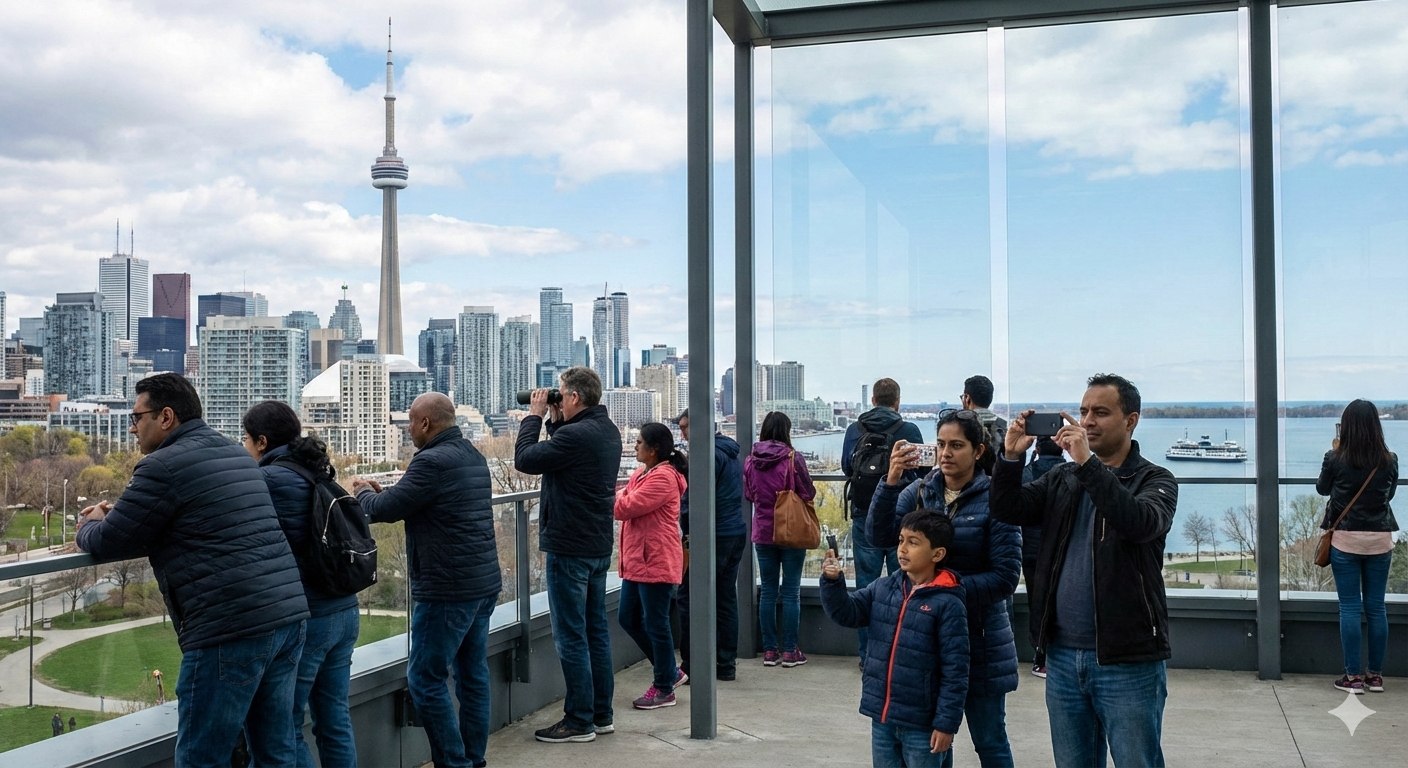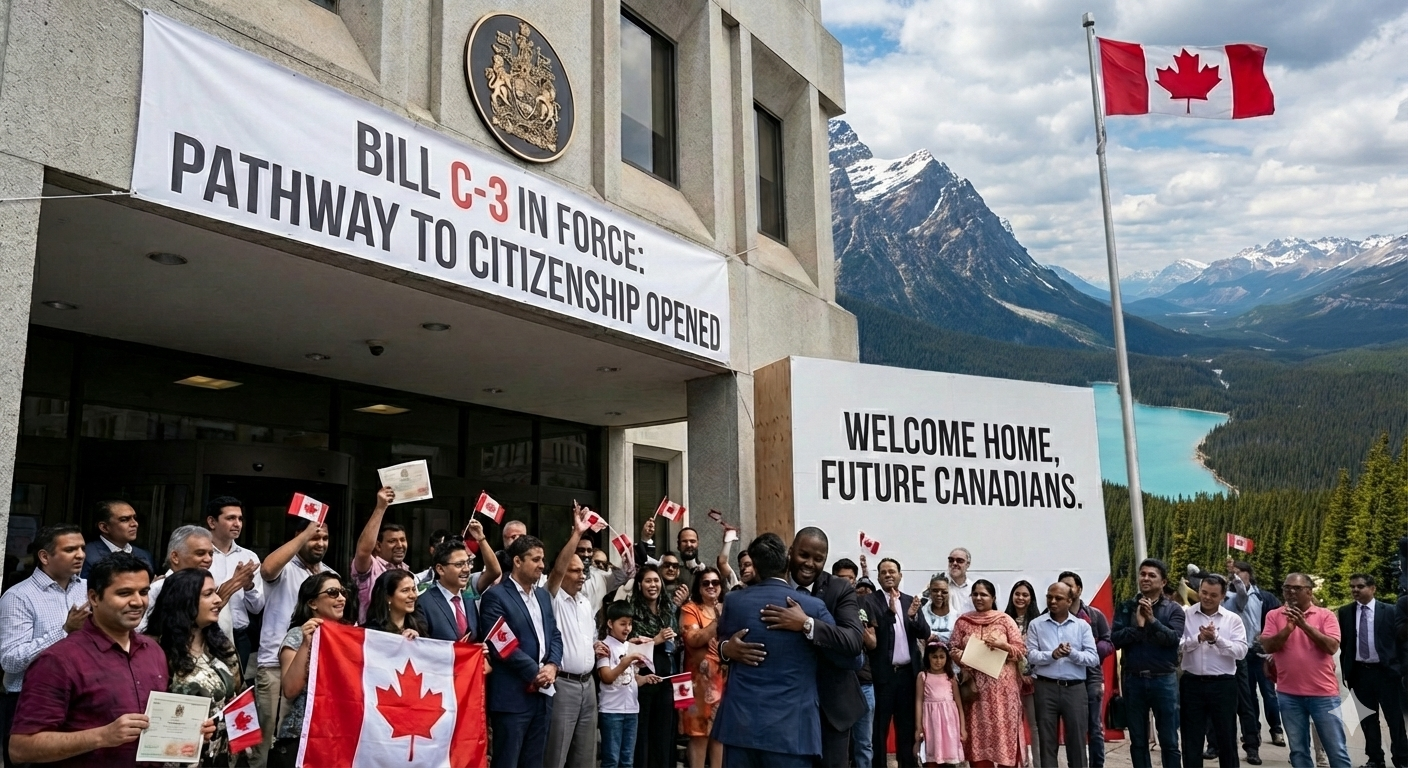IRCC Significantly Reduces Immigration Backlog

Immigration, Refugees, and Citizenship Canada (IRCC) has
achieved a noteworthy milestone, as its backlog of immigration applications has
fallen below one million for the first time in months. By the end of December
2024, the number of pending applications in IRCC’s backlog dropped to 942,300,
down from 1,006,500 at the end of November. This represents a significant
decrease of 6.38%.
Understanding the Backlog
A backlog consists of applications that have not been
processed within IRCC’s standard timelines. For instance, Express Entry
applications typically have a service standard of six months, while family
sponsorship applications have a 12-month timeline. If applications remain
unprocessed beyond these timeframes, they are considered part of the backlog.
Breaking Down the Numbers
As of December 31, 2024, IRCC’s inventory for permanent
residence programs included 836,900 applications. Of these, 59% (492,200) were
processed within the service standard, leaving 344,700 in the backlog. The
backlog for Express Entry applications was around 18%, meeting IRCC’s service
standard of processing 80% within six months. Meanwhile, 25% of Provincial
Nominee Program (PNP) applications were in the backlog, a slight increase from
the previous month.
The family sponsorship backlog stood at 15%, which aligns
with IRCC’s projected backlog rate.
Temporary Resident Applications
Temporary resident applications, which cover work permits,
study permits, and visitor visas, showed higher backlog percentages. As of
December 31, only 47% (493,800) of the 1,050,800 temporary resident
applications were processed within service standards. This left 557,000
applications in the backlog.
Visitor visas (TRVs) had the highest backlog percentage,
with 75% of applications remaining unprocessed within the expected timeline.
For study permits, the backlog rose sharply to 43%, up from 36% the previous
month, and significantly above the projected 26%. Work permits also saw an
increase in backlog, reaching 57% compared to 51% in November.
Citizenship Applications
On a more positive note, citizenship application backlogs
remain low. Of the 232,300 citizenship applications in the system, 83%
(191,600) were processed within service standards, leaving only 17% in the
backlog.
Efforts to Reduce the Backlog
IRCC has introduced several measures to address the
backlog. For instance, the department is prioritizing applications from
essential workers and leveraging advanced analytics and automated tools to
speed up family sponsorship processing times. Furthermore, the recently
announced Immigration Levels Plan 2025-27 aims to lower permanent resident
admissions, which may help reduce the backlog over time.
However, IRCC’s decision to cut approximately 3,300 jobs
over the next three years, coupled with the suspension of invitations to
sponsor parents and grandparents in 2025, has raised questions about how these
changes will impact processing times. The full effect of these measures on the
backlog remains to be seen.
What’s Next?
While IRCC’s backlog numbers have significantly improved,
the department is still working through a substantial volume of applications.
Ongoing efforts to streamline processing and reduce delays will be critical to
maintaining progress and meeting service standards in the future.






